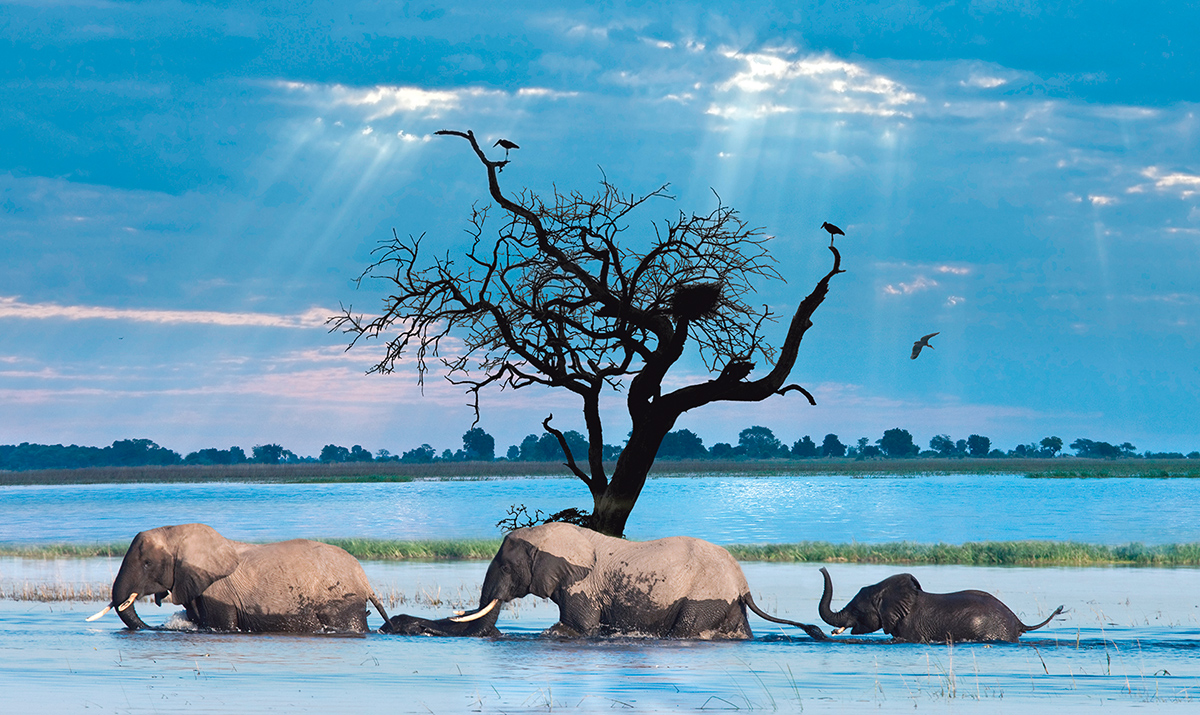
07 Nov Unveiling a new tourism strategy
Botswana aims to become a leader in the MICE industry and explore avenues such as agritourism
Ever since the 1990s when Botswana’s tourism industry began to take shape, visitors have flocked to the country to explore the cinematic landscapes and marvel at the variety of wildlife. Home to vast expanses of protected spaces where animals can roam free, the African nation leads the way in low-volume but high-value safari tourism.
Central Kalahari Game Reserve, the second-largest game reserve in the world, has become hugely popular with those looking for photographic safaris. Similarly, the Okavango Delta has become a significant draw, with the UNESCO World Heritage Site presenting a shimmering maze of lagoons and islands that provide breathtaking beauty and the opportunity to see native wildlife.
While tourism continues to be a major contributor to the national economy, accounting for close to 10% of GDP, the government is committed to growing the sector further in the years ahead and believe that Botswana can excel in sustainable tourism and become a leader for the MICE industry in Africa.
“We have recently concluded a new tourism strategy, which aims to offer a diverse range of opportunities for individuals to engage in the tourism sector,” reveals Philda Kereng, Minister of Environment and Tourism. “As part of our diversification efforts, we have introduced agritourism, which involves integrating wildlife within farming entities. This allows farmers to raise or keep wild animals alongside their livestock. Guests staying on farms can also participate in cultural activities, reflecting our traditional community gathering practices.
“We are also developing a strategy for the MICE sector as we aim to position Botswana as a leading destination for business and leisure activities. This involves collaborating with companies in across a variety of sectors, thus fostering robust value chains within the MICE framework.”
Kereng adds: “We require a sufficient number of hotel rooms of varying standards and conferencing facilities capable of accommodating over a thousand delegates. Although we currently lack such facilities, we are actively working on improving our existing infrastructure.”
